Tahtzibichen Labyrinth
Natural cave labyrinth, Mayan site. Contains stone temples, small pyramids, sculptures, ceramics, human remains. Part of caves is inundated.
Balankanche Caves

Network of sacred Mayan caves, contains large selection of ancient pottery and idols in their original locations.
Sacred Cenote in Chichen Itza
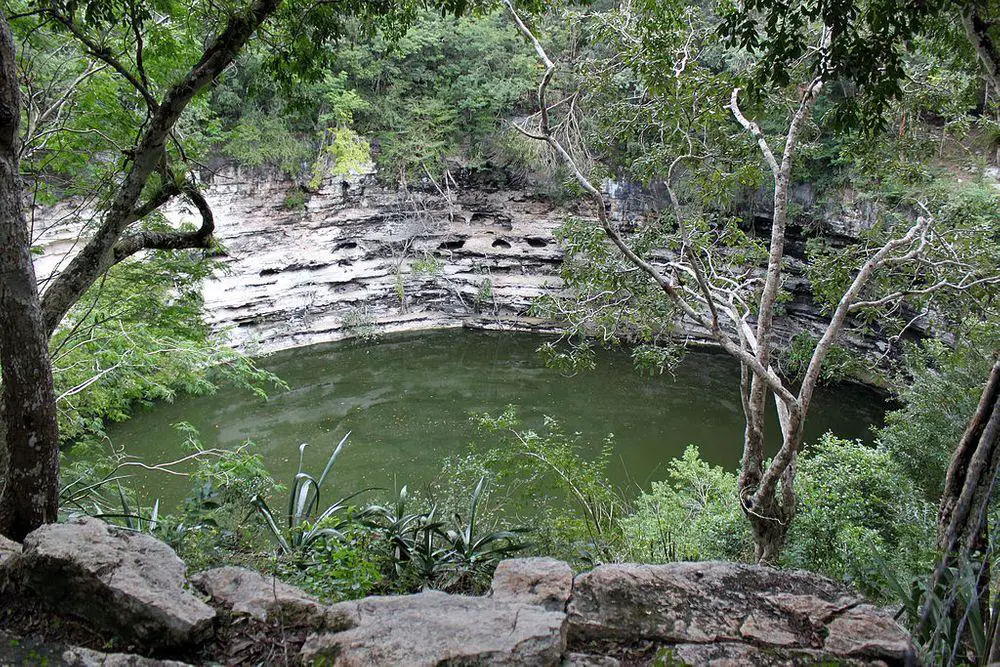
Human sacrifice site of the ancient Mayan Chichen Itza city. In deposits have been discovered huge amounts of gold and jade artefacts as well as human remains.
Blakitnaja Krynica (Blue Well)
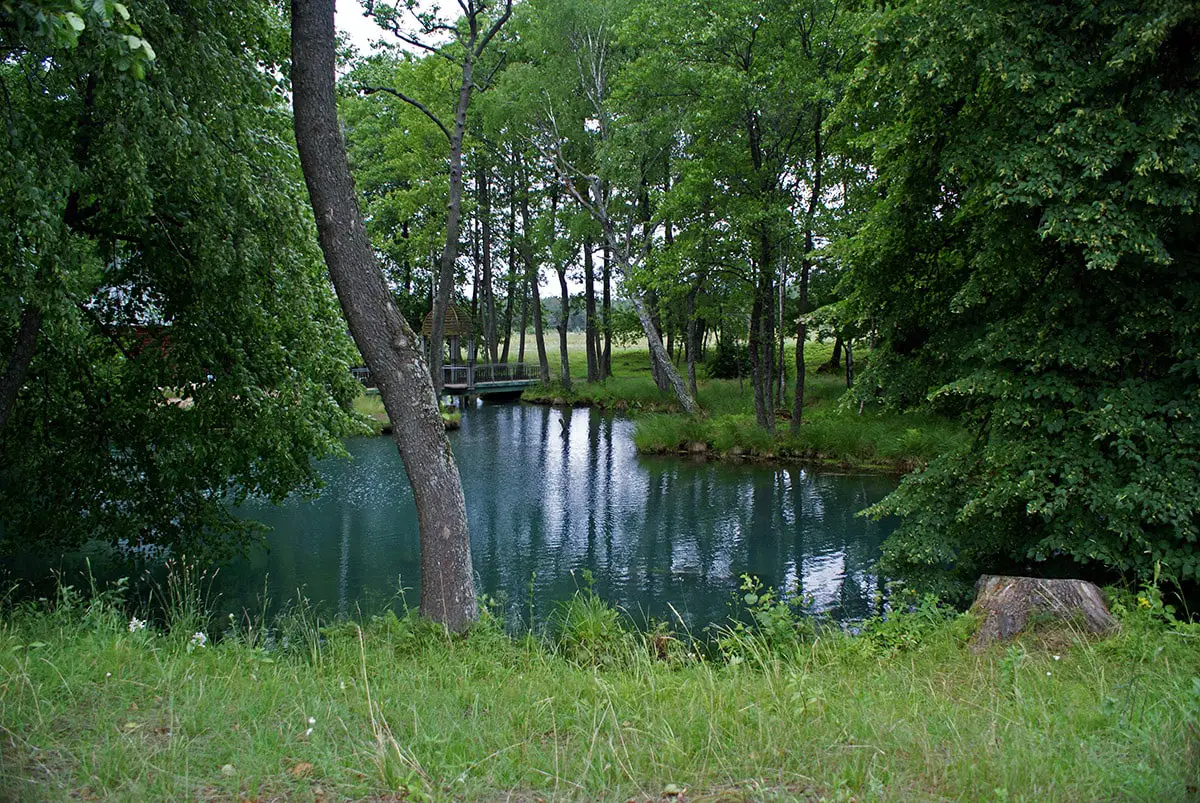
Powerful, picturesque spring, considered to be the most powerful spring in East European Plain. Output – around 60 l/s. Site of legends, sacred place.
Mnajdra
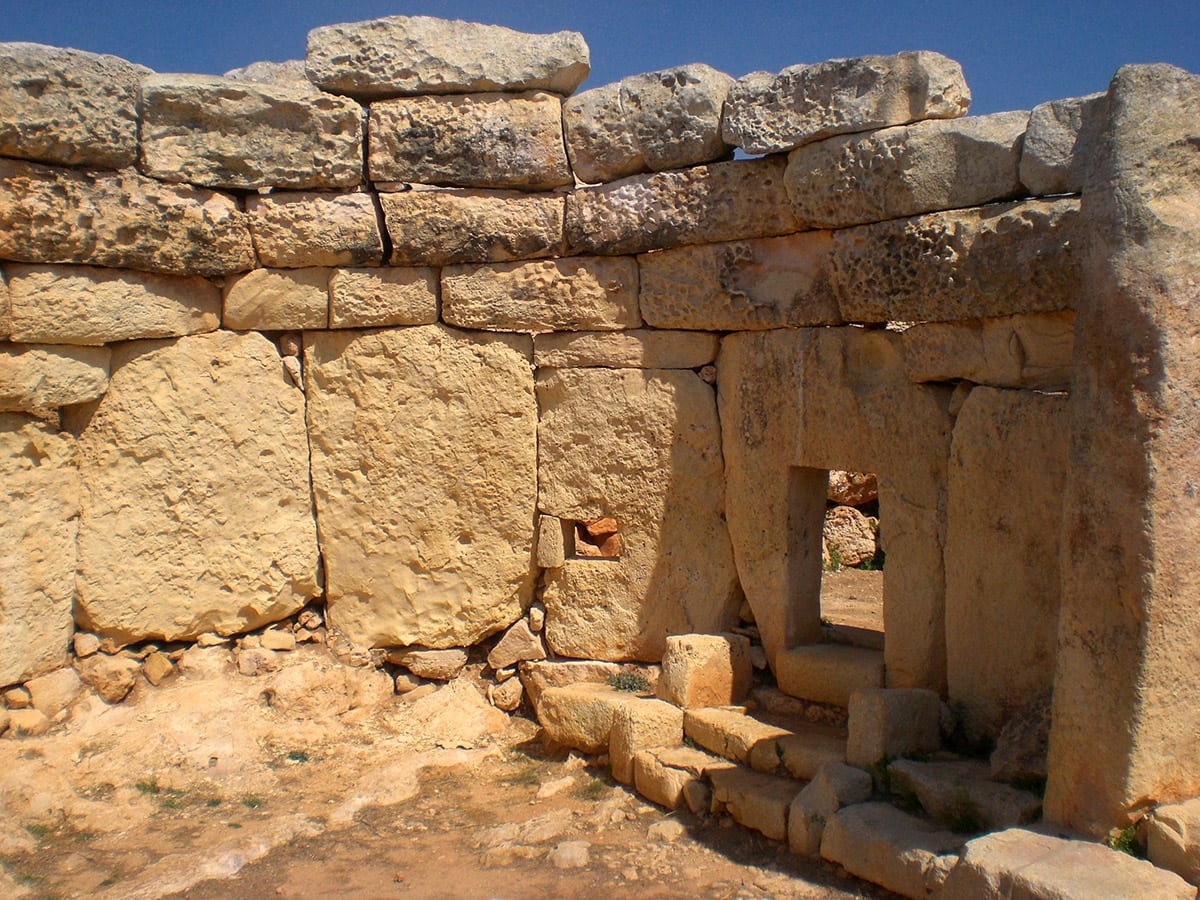
Group of megalithic temples, built around 3600 – 2500 BC. These are sophisticated structures built from large stone slabs. The complex consists of three temples, each built in its own time. The lower temple was built around 3000 BC and might be the most impressive megalithic structure in Malta, it is astronomically aligned. Stones here are decorated with dots ad also spiral carvings.
Gorham’s Cave
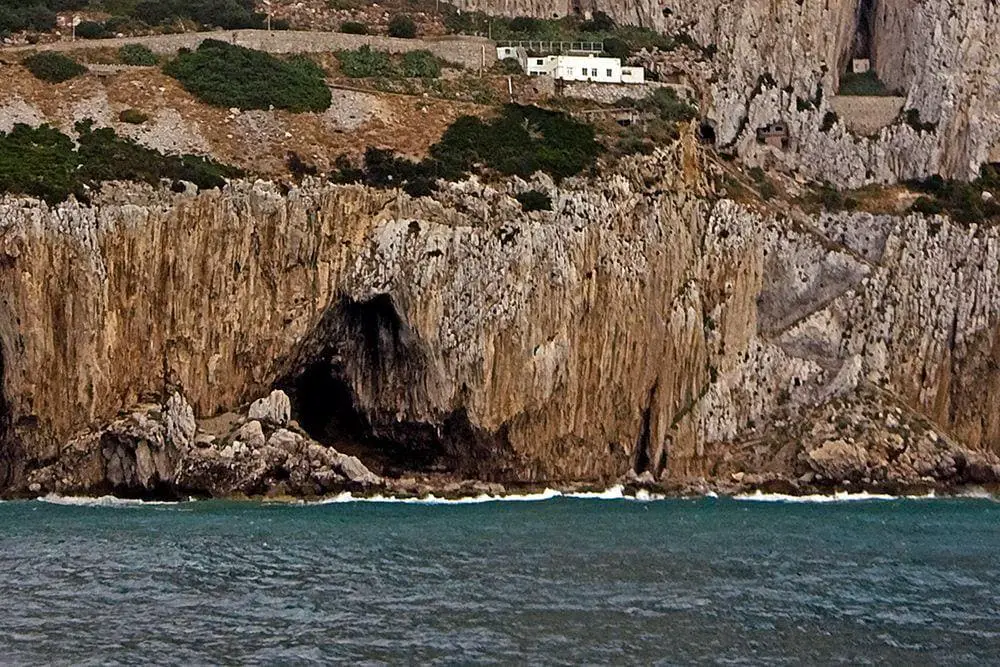
One of four caves in Gorham’s Cave complex. Cave has formed in Jurassic limestone and has an 18 m thick layer of sediments that contain very important finds including the latest find of Neanderthals who lived here 60 – 24 thousand years ago when the sea was far away from the cave and the area was rich with resources. This is the last known settlement of Neanderthals in the world. The time of their habitation includes an incision of eight lines, made at least 39,000 years ago, most likely made by Neanderthals – the oldest known abstract drawing in the world. 23 thousand years ago here started to live modern humans, who left some paintings on the walls of the cave. Phoenicians and Carthaginians used this cave as their shrine, leaving offerings here.
Monte Brasil “Phoenician sanctuaries”
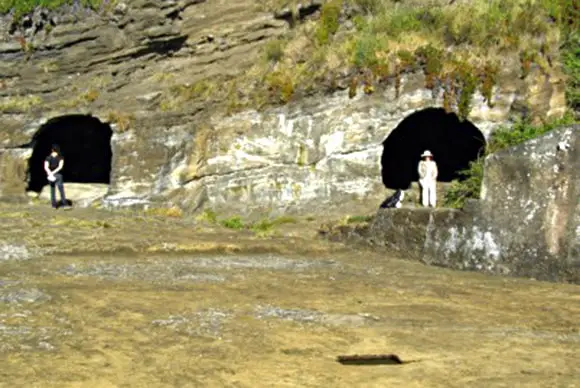
Rock cut chambers, possible prehistoric structures made long before the coming of Portuguese in the 14th century. Similar rock-cut structures have been found on Corvo and Santa Maria islands and, reportedly, on Flores. Researchers consider that these can be Carthaginian (Phoenician) temples from the 4th century BC.
Kubu Island (Ga’nnyo)
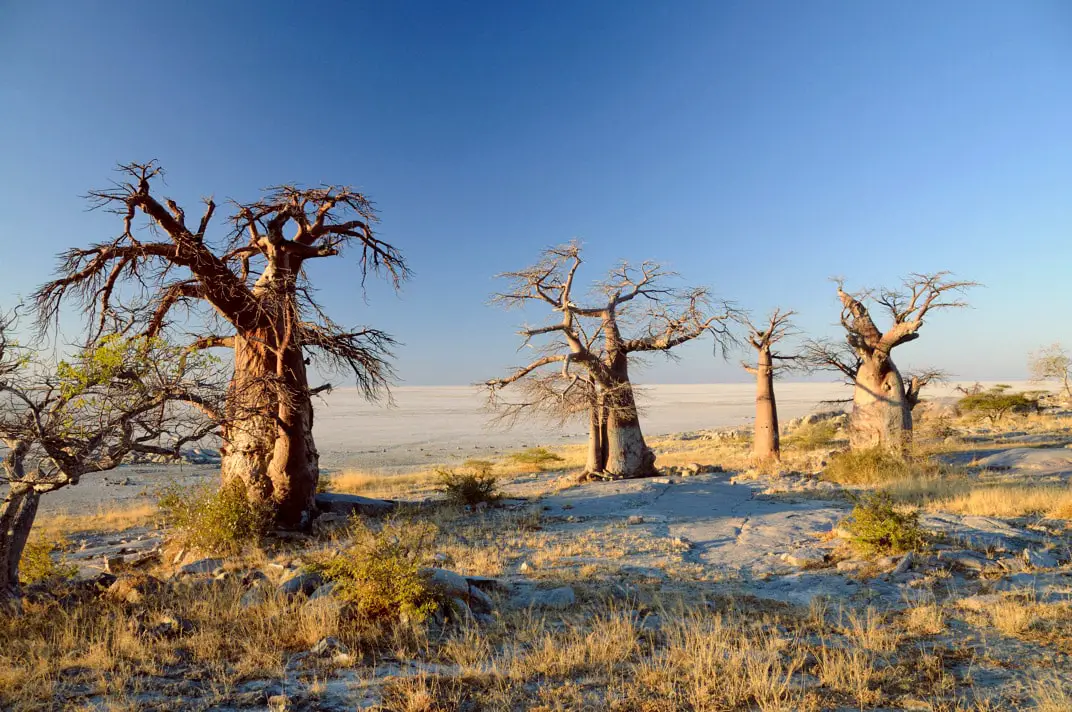
Approximately 1 km long and up to 20 meters high granitic island in the middle of vast Makgadikgadi Plains – giant salt flats. Area of eerie, unusual beauty, adorned with a group of giant baobabs. Remnants of prehistoric structures – an enormous stone wall and hundreds of circular stone cairns.
Škocjan caves
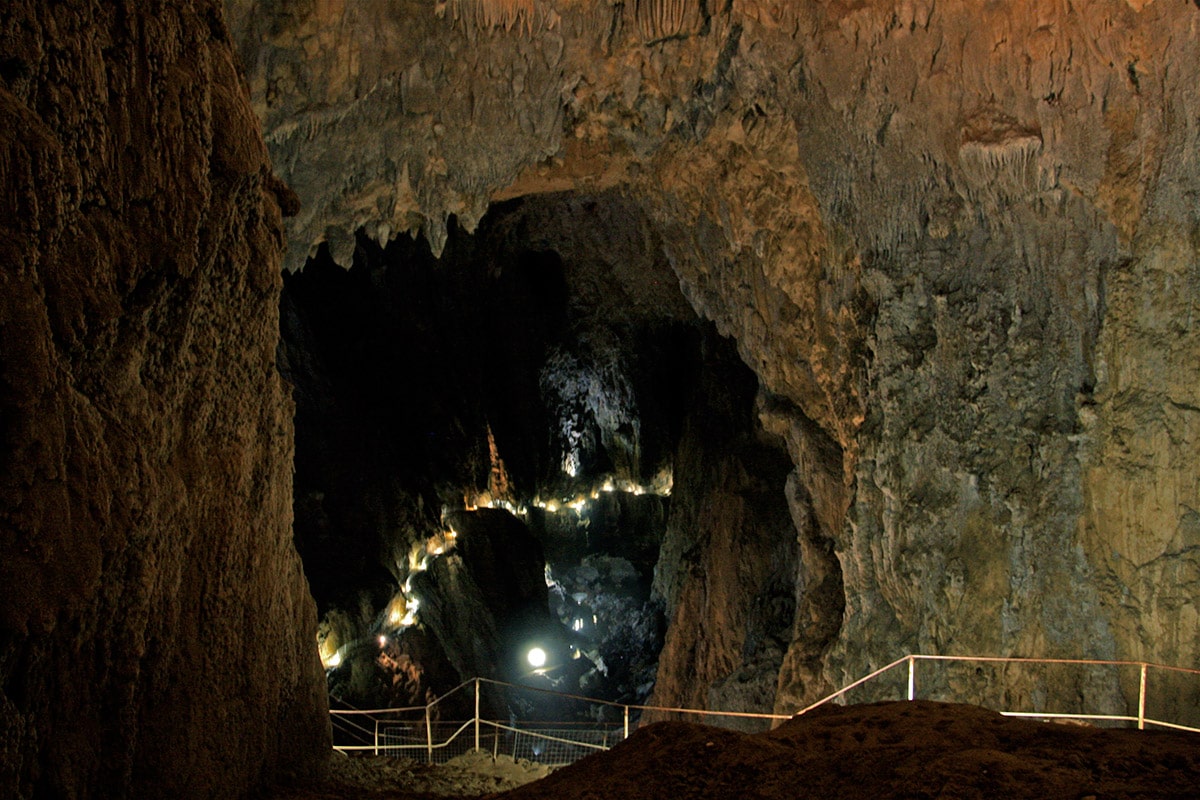
Cave system with numerous unique characteristics: giant, 146 meters deep underground canyon of River Reka, underground travertine terraces, Bronze Age and later temples, and Pre-Christian pilgrimage center.
Kaaba and Masjid-al-Haram
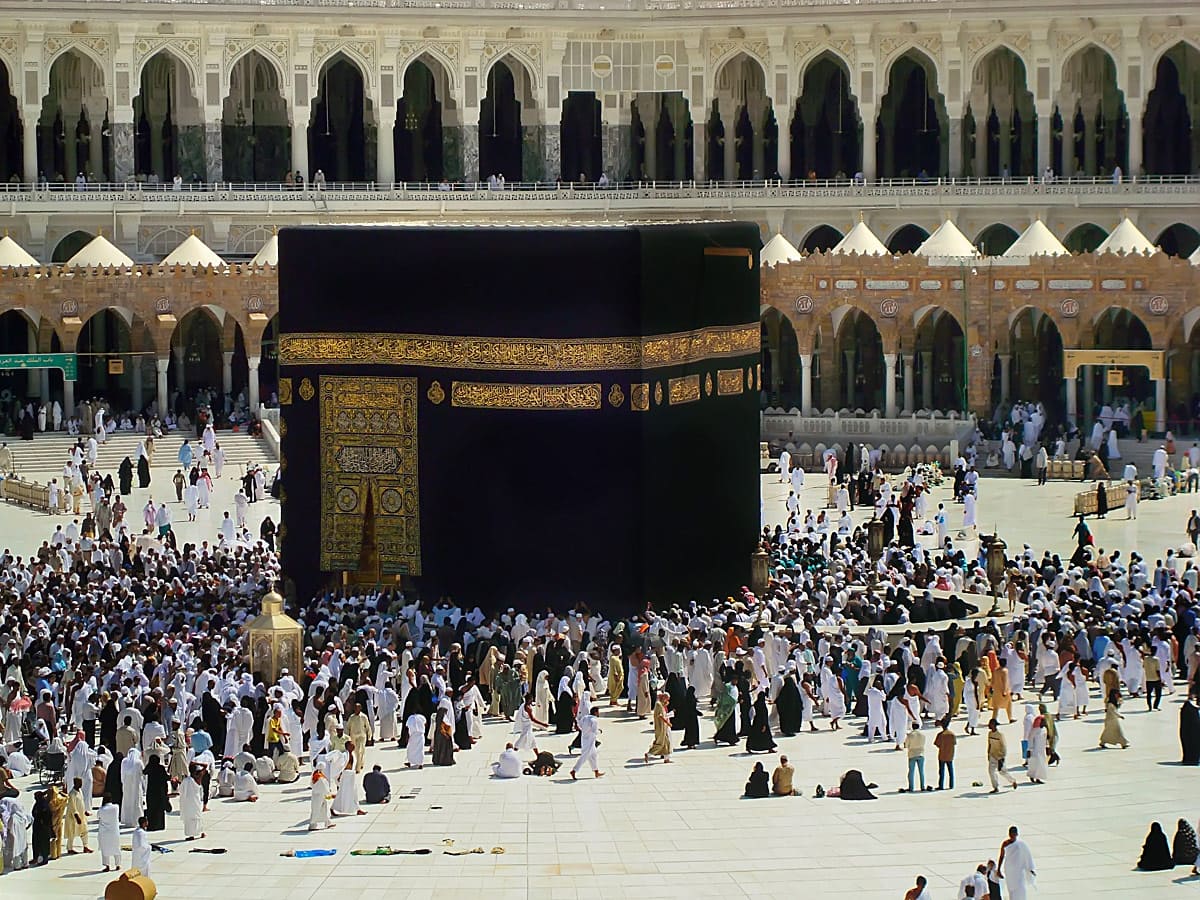
The largest mosque in the world was built in 638 AD to surround the Kaaba – the holiest site of Islam. Contains several other sacred places, including Zamzam Well which is widely believed to be a miraculous natural spring but in reality, is handmade well.
